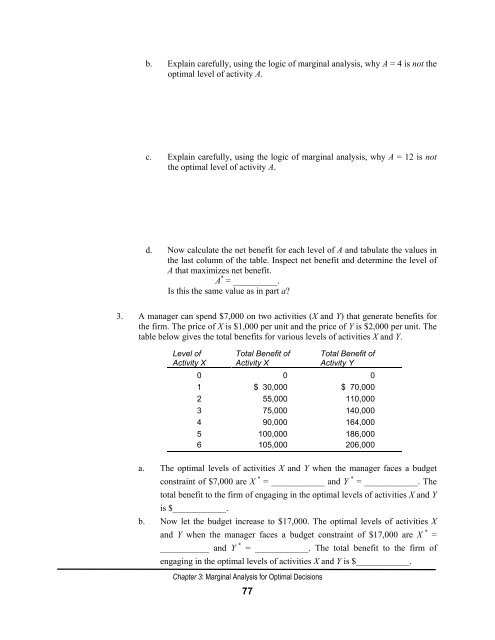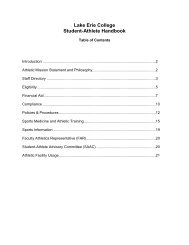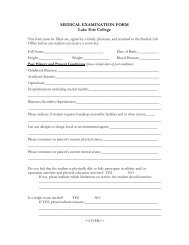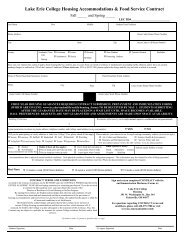Economics for Managers
Economics for Managers
Economics for Managers
You also want an ePaper? Increase the reach of your titles
YUMPU automatically turns print PDFs into web optimized ePapers that Google loves.
. Explain carefully, using the logic of marginal analysis, why A = 4 is not theoptimal level of activity A.c. Explain carefully, using the logic of marginal analysis, why A = 12 is notthe optimal level of activity A.d. Now calculate the net benefit <strong>for</strong> each level of A and tabulate the values inthe last column of the table. Inspect net benefit and determine the level ofA that maximizes net benefit.A * = __________.Is this the same value as in part a?3. A manager can spend $7,000 on two activities (X and Y) that generate benefits <strong>for</strong>the firm. The price of X is $1,000 per unit and the price of Y is $2,000 per unit. Thetable below gives the total benefits <strong>for</strong> various levels of activities X and Y.Level ofActivity XTotal Benefit ofActivity XTotal Benefit ofActivity Y0 0 01 $ 30,000 $ 70,0002 55,000 110,0003 75,000 140,0004 90,000 164,0005 100,000 186,0006 105,000 206,000a. The optimal levels of activities X and Y when the manager faces a budgetconstraint of $7,000 are X * = ____________ and Y * = ____________. Thetotal benefit to the firm of engaging in the optimal levels of activities X and Yis $____________.b. Now let the budget increase to $17,000. The optimal levels of activities Xand Y when the manager faces a budget constraint of $17,000 are X * =___________ and Y * = ____________. The total benefit to the firm ofengaging in the optimal levels of activities X and Y is $____________.Chapter 3: Marginal Analysis <strong>for</strong> Optimal Decisions77
















